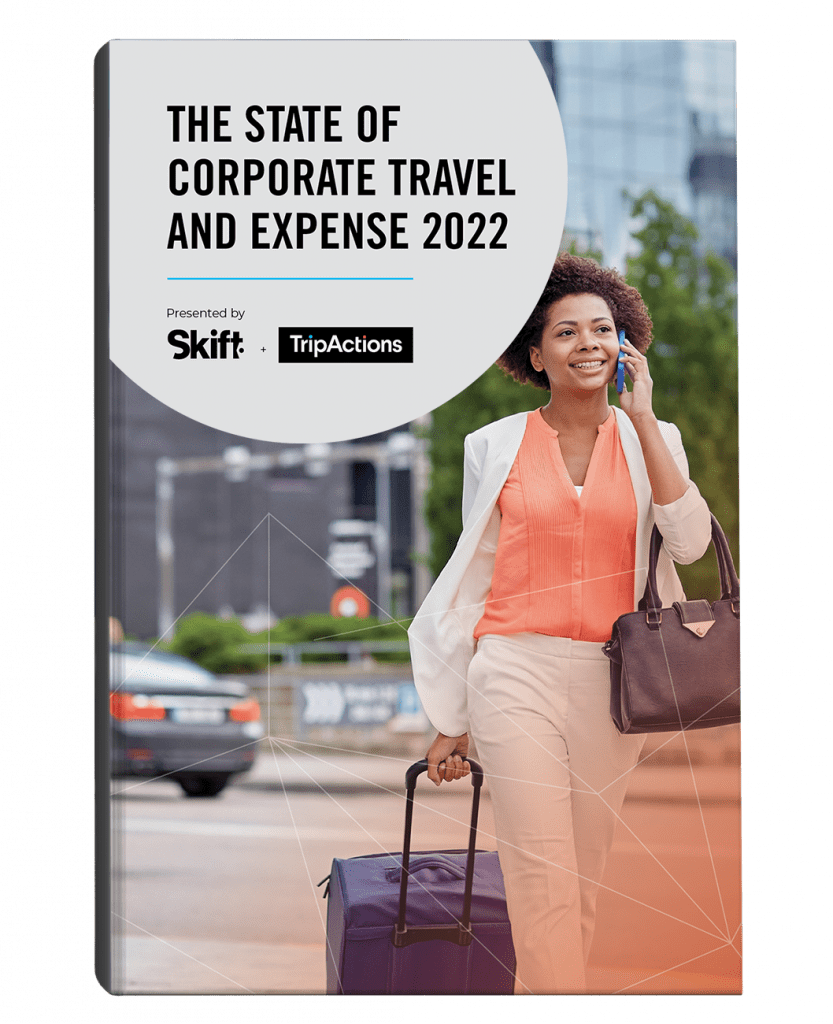The past 18 months have profoundly impacted the corporate travel space, with rapid developments underway in areas such as the future of office and work culture, evolving company travel policies, employee safety, and the overall reorientation of business travel planning and programming in the post-pandemic environment. But as 2021 draws to a close, corporate travel and spend is recovering at a marked clip. So while there are still reasons for uncertainty, there are also plenty of signs of optimism as the industry looks ahead to 2022.
One major area of interest is how quickly business travel will fully return. U.S. domestic travel made a dramatic rebound in summer 2021, with travelers surging back to major urban centers that they had avoided during the height of the pandemic. Comparative data from TripActions finds that summer volume was up across the board in 20 major U.S. cities, led by Las Vegas and New York City, up 519 percent and 471 percent, respectively, over summer 2020. Assuming this trend continues, domestic travel is on track to reach pre-pandemic levels as early as 2022. While lagging behind the leisure segment, business travel is projected to catch up at a similar pace.
Another area of evolution is with the products and services offered by corporate travel and spend platforms, which must continue to adapt to meet the changing needs of corporate travelers. This includes a growing focus on employee safety, along with new topics such as better management of employee spending and overall company expense management.
Amidst all of this, companies are bringing employees back to the office — and even, in industries such as banking and finance, requiring their return — while other sectors are navigating a future of remote work and team travel. And in bellwether destinations like Las Vegas, large-scale meetings, conventions, and live events are surging anew.
How these developments will impact business travel has yet to be determined. However, early data from the industry suggests that remote work’s impact on employee trips is not an all-or-nothing proposition. Some business travel may decline, while other new forms of work trips, like offsites and team meetups, may increase in frequency.
This latest report from Skift and TripActions incorporates survey-based feedback on all these topics from more than 1,100 global finance and corporate travel and spend managers, as well as 500-plus business travelers, with insights from industry leaders. And it finds a generally improved outlook over last year aligned with the developments noted above.
Of course, the environment remains dynamic, as markets and economies confront the spread of coronavirus variants across the U.S. and abroad. The lack of universal access to vaccines, compounded by a patchwork of divergent governmental policies and travel limits, also present near-term challenges for a globalized recovery.
Yet amid these curveballs, new technologies and innovations born during the pandemic will help alleviate challenges, while setting corporate travel on a reimagined and retooled course for the future. Within every crisis lie the seeds of opportunity; and as with any departure from the status quo, new assumptions and paradigms point to the definite silver linings playbook for business travel.

The report will be emailed to you shortly, be sure to check your inbox. If you have any problems accessing the report, please reach out to [email protected].


